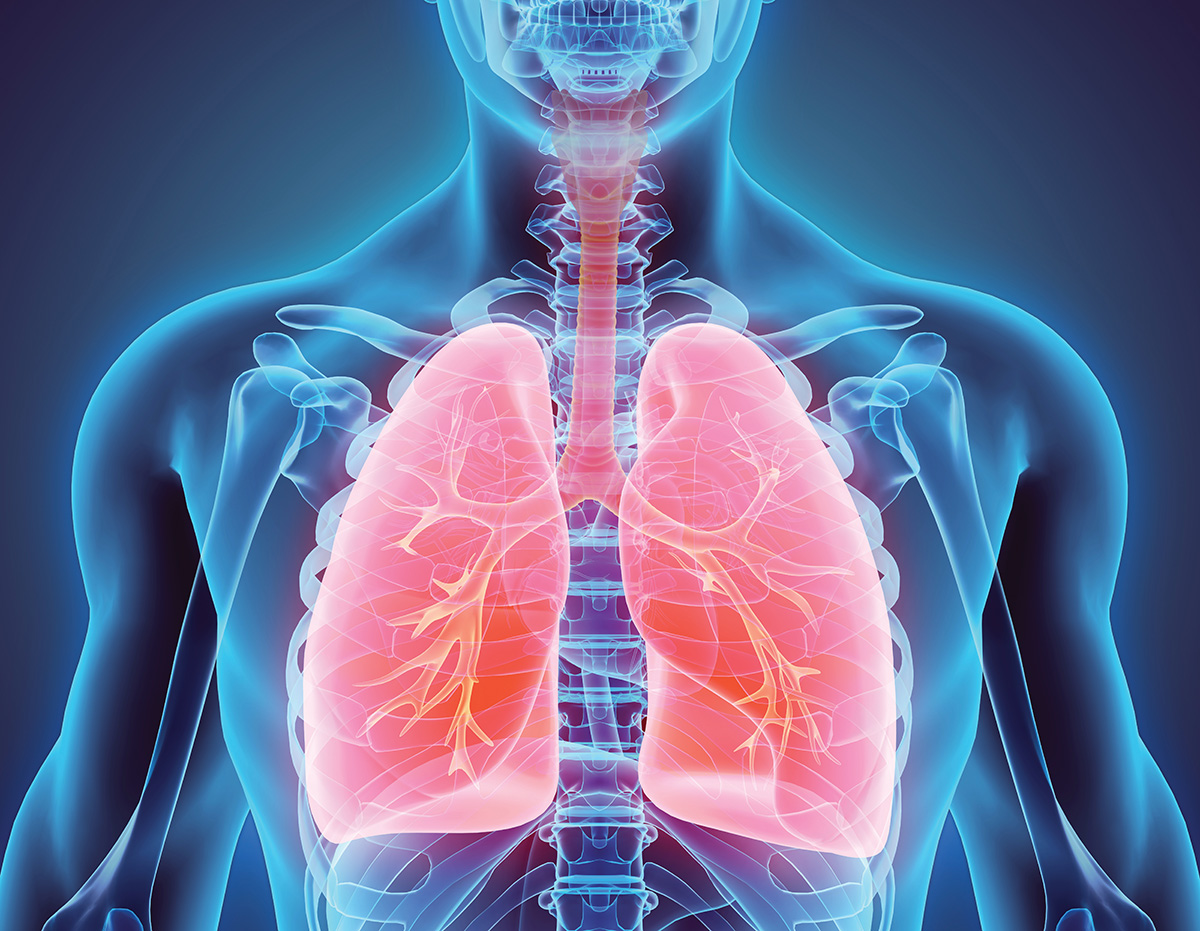It is just over 40 years since the Health and Safety at Work etc. Act (HASWA) received Royal Assent. The Act provided the regulatory framework for workplace health and safety in Great Britain and has helped to make this country one of the safest places in the world to work; saving many lives, preventing injuries at work, and reducing the economic and social costs of health and safety failures. Based on consultation and engagement, the regime was designed to deliver a largely non-prescriptive, proportionate and risk-based approach, the principles of which we believe have stood the test of time.
The legislative framework
Whilst HASWA provides the overarching regulatory framework, it is supported by secondary legislation (regulations) that focus on more specific issues of aspects of worker health and safety.
The key piece of legislation concerning the management of the risks associated with the day-to-day use of chemicals and other harmful substances in the workplace is the Control of Substances Hazardous to Health Regulations 2002 (widely known as COSHH). As well as traditional chemicals, COSHH applies to a wide range of substances including those generated during work activities – such as wood dust and respirable crystalline silica, as well as biological agents and other materials with the potential to cause harm if inhaled, ingested or absorbed through the skin.
The enduring principles of COSHH, mirroring HASWA, are ‘risk assessment’ and proportionate ‘risk control’. It the responsibility of those creating risks to worker health to carry out an assessment to establish the hazards and risk associated with the processes they are using, and to put measures in place to control those risks.
There is a lot of advice and detailed information available on COSHH on the HSE website however the key points can be simplified as:
• finding out what the health hazards are;
• deciding how to prevent harm to health by conducting a risk assessment;
• considering substitution;
• providing control measures to reduce harm to health and make sure they are used;
• keeping all control measures in good working order;
• providing information, instruction and training for employees;
• providing monitoring and health surveillance in appropriate cases;
• planning for emergencies.
In common with other British health and safety legislation, COSHH sets standards in terms of outcomes to be achieved – not by straitjacketing business into doing things in a particular way, according to prescriptive rules potentially leading to simply box ticking.
COSHH places ownership and responsibility for managing risk where it belongs – it creates a culture where management and workforce need to collaborate to address issues in their workplace and for everyone to be constantly vigilant. This means that the principles are universally applicable whatever the sector; from farming to the ultra high-tech laboratory situation, although the detail will obviously differ.
Priorities going forward
For many years now, HSE has been able to report an encouraging story of the continual improvement in workplace safety. The numbers of fatalities and serious injuries occurring in Great Britain’s workplaces has shown an overall long-term decreasing trend. The picture, though, on occupational ill-health is not so encouraging with generally little change over recent years.
Whilst the legislation provides a robust and flexible framework, what really matters is how it is put into practice. As outlined above, we have seen many improvements in safety and some improvements in health since HASWA was introduced but it requires all the efforts of those involved to bring it all together to ensure it works and improve things further. This is why last year HSE launched the Helping GB Work Well strategy for the health and safety system, one of the key themes of which is tackling ill-health. By the ‘health and safety system’ we mean everyone involved in the workplace including employers, workers, consultants and other advisors, suppliers and anyone else that can influence the safety of the workplace.
Currently occupational respiratory disease linked to exposure to chemicals or dust is estimated to result in approximately 12,000 deaths each year. Estimates from the 2013/14 to 2015/16 Labour Force Survey indicate that around 36,000 people who worked in the previous year (and 141, 000 who had ever had a job) reported lung or breathing problems that were caused or made worse by work. There are an estimated 14,000 new cases of breathing or lung problems caused or made worse by work each year, resulting in at least an estimated 400,000 working days lost*.
As can be seen, occupational lung disease (OLD) therefore continues to present a particular challenge as the causes are often not easily recognised. The air might look clear to breathe but the small particles that get deep into the airways and lungs and cause the often irreversible damage cannot be seen by casual observation. The effects themselves may take many years before they become apparent, leaving the worker and country with a legacy that often the employer does not see. This all means that these causes and effects are often overlooked.
This is why HSE is focusing on OLD as one of three key topics as part of its new Health and Work Strategy, launching later this month as HSE’s contribution to the wider Helping GB Work Well strategy. HSE’s overall vision for OLD is that anyone who goes to work should expect to breathe the same quality of air that they would breathe outside work.
Although HSE is taking the lead on tackling OLD, a significant part of what is planned is to work closely with our partners in the health and safety system. HSE has established a Healthy Lung Partnership (HLP) comprising representatives from trade associations (including the Chemical Industry Association), employers, trade unions, other government departments, third sector and professional bodies. The purpose of the HLP is to work both together and independently in co-ordination to raise awareness about, and ultimately contribute to, a reduction in occupational lung disease and work towards our ultimate goal of clean air in all workplaces.
Other planned activities include targeted HSE inspections of those activities that create a greater risk of lung disease, for example welding in manufacturing, work where respirable crystalline silica can be generated, and activities where occupational asthma is a problem such as in bakeries. Asbestos, of course, remains firmly on the radar in particular those activities where workers can be exposed when its presence is less obvious, such as in refurbishment.
HSE will also be working with HLP and other partners across a range of activities including looking at how we can encourage consultants to provide proportionate and risk-based advice, supporting the rolling out of ‘Learning Occupational Health by Experiencing Risks’ project know more simply as ‘LOcHER’ – an exciting and innovate approach introducing apprentices to health and safety in the workplace, and using insight research to help target our communications efforts more effectively. A more detailed exploration of our plans and how they are developing will be made at the HSE-organised ‘Workplace Healthy Lungs Summit’ at the QEII Centre on 22 November this year.
If continued improvements to reduce the burden of occupationally-related diseases are to be made in the future, the health and safety community cannot afford to be complacent. Chemicals and other potentially harmful materials are part of modern life, and are encountered by all of us every day – from the chemicals used at work, to products in the home such as paint, and detergents and pesticides used in the garden. We all have a role to play and we would end by posing the question – what can you do in your workplace to make a difference for the future respiratory health of your workers and colleagues?
*Source HSE statistics














